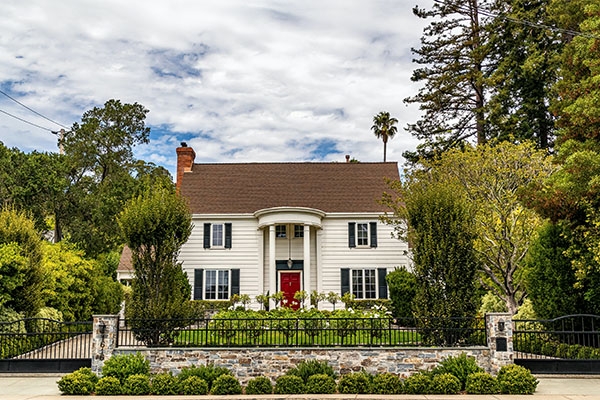If Thomas J. Stanley and William D. Danko had their way, they would rewrite a famous exchange between F. Scott Fitzgerald and Ernest Hemingway:
Fitzgerald would still say, “The rich are different from you and me.”
But Hemingway would have a new line. Instead of saying, “Yes, they have more money.” He would say, “Yes, they spend less money.”
According to Stanley and Danko we have a fundamental choice: We can have the appearance of wealth. Or we can have wealth.
But it’s unlikely that we can have both.
That bittersweet message comes through repeatedly in The Millionaire Next Door ( Longstreet Press, $22.00), as the authors document differences between PAWs
( Prodigious Accumulators of Wealth) and UAWs ( Under Accumulators of Wealth). The more you covet the symbols of wealth, affluence, and status, they find, the less likely you are to accumulate the financial assets needed to be independent. The more you spend, the greater the odds y
Another downer of a book?
Absolutely Not. What Stanley and Danko show is that wealth can created in one generation and that MOST wealth is created in one generation. It is a choice we make. It does not come from inheritance, special education, dumb luck, or even superior investment performance. People become wealthy by spending less than they earn over long periods of time. They do this because they want to have the independence and security created by possession of money… more than they want to spend money.
According to their survey research, for instance, millionaires have very little use for the shiny stuff of life. Fifty percent of their respondents had never spent more than $399 for a suit, $140 for a pair of shoes, or $235 for a watch. Ten percent of the millionaires had never spent more than $47 on a watch, $73 on a pair of shoes, or $195 for a suit.
A similar survey showed that 50 percent of all millionaires had never spent more than $29,000 for an automobile and had paid only $24,800 for their latest car, only a small premium over the national average. In addition, only one in four millionaires had purchased a car in the last year. More than 36 percent owned cars that were at least 3 years old. When they did buy a car, four out of five millionaires purchased it rather than leased it.
Much the same was true of credit cards. While nearly 6 in 10 millionaire households had a visa or mastercard for general use, twice as many ( 43 percent) had Sears cards as had Nieman Marcus cards ( 21 percent) and three times as many had J.C. Penney cards ( 30 percent) as had Brooks Brothers cards ( 10 percent). A millionaire was nearly 7 times as likely to leave home with a Sears card as with an American Express Platinum card.
The greatest hazards to accumulating wealth? Stanley and Danko say that UAWs are often proud of their home mortgages and the amount of tax deductions they have for mortgage interest. PAWs, on the other hand, save money by living in more modest neighborhoods, having smaller mortgages. Indeed, the authors suggest people interested in wealth accumulation limit their home purchase price to no more than 2 times annual income, about a third less than the amount for which most households will qualify.
Which are you, PAW or UAW?
PAWs usually know who they are. UAWs, however, are often surprised when they learn that their possessions are not the same as actual wealth. Using consumer finance data, Stanley and Danko, have a simple test for whether you are above or below the trend line for average people with your income. An average wealth accumulator will have a net worth equal to one tenth of their age times their realized household income. In other words, a 40 year old with a $50,000 salary ( net of 401k or other savings deduction) would be average with a net worth of $200,000. The authors define those in the top 25 percent of their age group for wealth as PAWs and those in the bottom 25 percent of their age group for wealth as UAWs.
This information is distributed for education purposes, and it is not to be construed as an offer, solicitation, recommendation, or endorsement of any particular security, product, or service.
Photo by Robert So
(c) A.M. Universal, 1997
